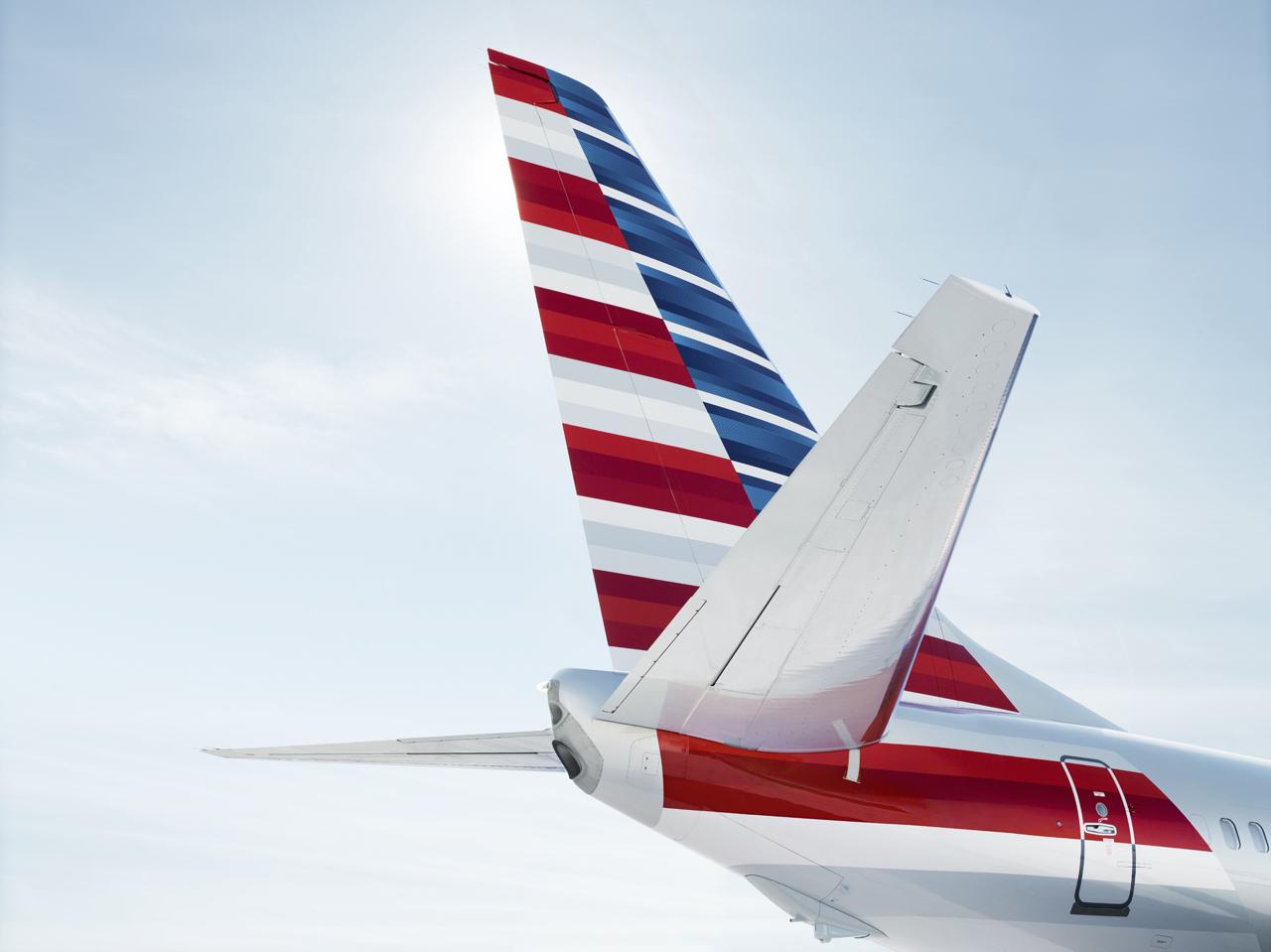
American Airlines will not need bankruptcy protection to get through the current downturn, and the rest of the large U.S. carriers are in similar shape, American CEO Doug Parker said.
“I don’t think people should view bankruptcy as a financial tool. I think it’s failure [and] we’re not going to do that,” Parker said during a Sanford Bernstein investor event May 27.
He added that U.S. airlines are facing a “demand crisis” caused by the COVID-19 pandemic, which bankruptcy cannot help. That’s different than unsustainable costs in an over-saturated environment. “There’s no one trying to push anybody else out of business,” Parker said. “It’s all about demand. We need demand to come back.”
“I think we’re all going to be fine,” he added. “I think we’re all going to go raise enough liquidity to get ourselves through this wall.”
Parker said American is “on track” to meet its goal of reducing daily cash burn to $50 million by June, adding that it will average $70 million for the quarter. The company expects to end the 2020 second quarter with $11 billion in liquidity, including both payroll-sustainment money and a $4.75 billion government-backed CARES Act loan that is not finalized.
A slight uptick in demand will help by adding much-needed revenue to the carrier’s coffers.
“I’m going to be really careful when we talk about this, because we are still flying only 20% of our schedule. But on that much-reduced schedule, we are definitely seeing more demand than we’ve seen in prior months,” Parker said. American’s April load factor was 15%, while the U.S. Memorial Day holiday weekend saw the average flight 56% full.
“These are early returns, but they are encouraging,” Parker said. “This is much better than it was a few weeks ago, and it looks better as we look out into June.”
Further out, barring a stunning about-face, American and every other U.S. airline locked into maintaining their payrolls to meet CARES Act funding requirements until October 1 will have to get smaller, and fast. American’s “goal” remains to shrink using voluntary processes, but Parker acknowledges that it will be a challenge.
“We will need to make sure that we rightsize our company accordingly,” he said. “We’re going to try to do that in a way that hopefully we wouldn’t even have to furlough anyone. I know that sounds like a stretch. It’s a goal; it’s not a commitment.”





